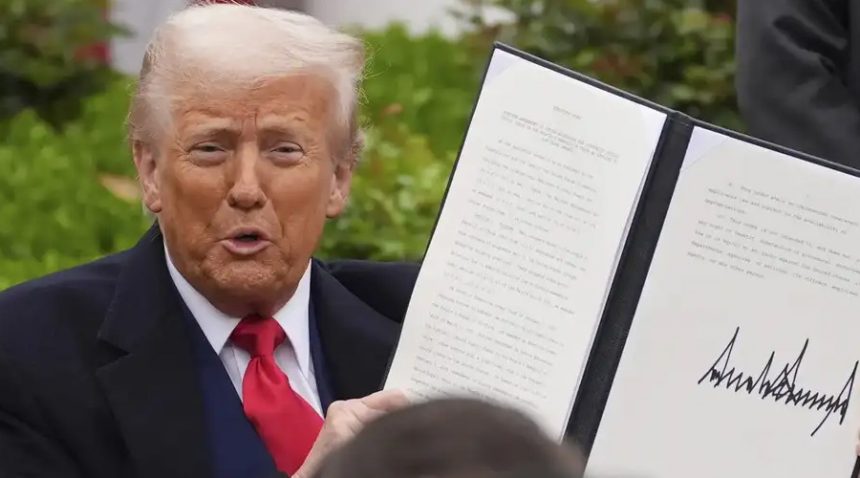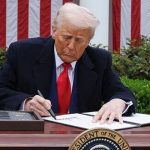U.S. slaps 26% tariffs on Indian exports—how will it impact India’s ambitious ‘Make in India’ push
The “Make in India” initiative, launched in 2014, aims to transform India into a global manufacturing hub by encouraging both domestic and international companies to produce their goods within the country. This program focuses on enhancing infrastructure, simplifying regulations, and fostering a business-friendly environment to boost manufacturing across various sectors.
Overview of Trump’s Reciprocal Tariffs
In April 2025, U.S. President Donald Trump announced a series of tariffs under the “Liberation Day” proclamation, imposing a baseline 10% tariff on all imports, with higher rates for countries with significant trade surpluses with the U.S. India faced a 26% tariff on its exports to the U.S., affecting a wide range of products.
Impact on Key Indian Sectors
Pharmaceuticals
The pharmaceutical industry, a major contributor to India’s exports, remained largely unaffected by the new tariffs, as certain products were exempted. This exemption allowed Indian pharmaceutical companies to maintain their competitive edge in the U.S. market.
Gems and Jewelry
The gems and jewelry sector faced significant challenges due to the 26% tariff, which increased costs for U.S. buyers and potentially reduced demand for Indian exports in this category.
Textiles and Apparel
While the textile sector anticipated some impact from the tariffs, India’s competitive pricing and established supply chains helped mitigate adverse effects, allowing the industry to maintain a stable presence in the U.S. market.
Electronics and Electrical Products
The electronics sector faced increased tariffs, which posed challenges for exporters. However, India’s growing capabilities in electronics manufacturing, bolstered by the “Make in India” initiative, positioned the country to explore alternative markets and reduce dependency on U.S. exports.
Strategic Responses and Opportunities
In response to the tariffs, India engaged in diplomatic negotiations to address trade imbalances and seek tariff reductions. The government also focused on diversifying export markets and strengthening trade relations with other countries to mitigate the impact of U.S. tariffs. Additionally, the “Make in India” initiative’s emphasis on enhancing domestic manufacturing capabilities aimed to reduce reliance on imports and boost self-sufficiency.
While the U.S. reciprocal tariffs presented challenges for India’s export sectors, the “Make in India” initiative’s focus on strengthening domestic manufacturing and diversifying trade partnerships provided avenues to mitigate these impacts. By leveraging policy reforms and exploring new markets, India aimed to sustain its economic growth and manufacturing objectives despite the evolving global trade landscape.






